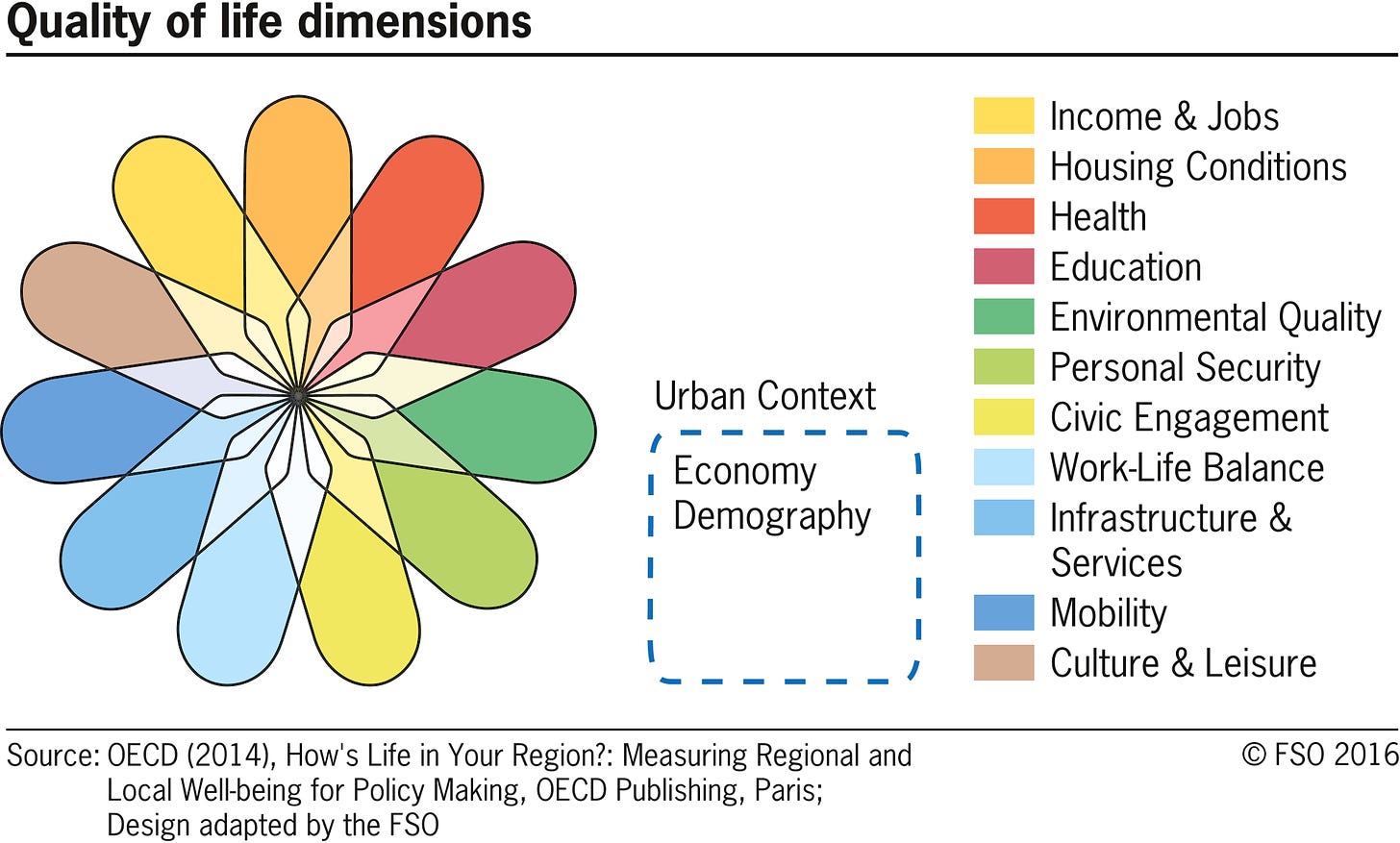
A few weeks ago, the NYT reported that “The Coronavirus Has Claimed 2.5 Million Years of Potential Life.” If you read the original study, you’ll discover one crucial caveat: The authors’s calculations assume that COVID victims would have had the standard life expectancy for Americans of their age. They freely admit that this is unrealistic and inflates their estimate:
The SARS-CoV-2 virus is known to infect and replicate in many different tissues and exacerbates problems in several organ systems including the kidney, liver, heart, lungs and brain (Lu et al., 2020; Chandrashekar et al., 2020). Any individual with problems in these systems or the immune system is likely to be more vulnerable to SARS-CoV-2 infection and suffer more severe outcomes as has been demonstrated for immune deficiencies (Bastard et al., 2020). In addition, other health states qualifying as pre-existing conditions, such as obesity, hypertension, chronic kidney disease and diabetes are known comorbidity factors for COVID-19 (see CDC co-morbidity tables and references therein; https://www.cdc.gov/coronavirus/2019-ncov/need-extra-precautions/evidence-table.html) and these cohorts of individuals have a shorter than average predicted life span. Deaths due to complications with pre-existing comorbid conditions would artificially increase the person-years lost in these calculations but are difficult to quantitate in this current analysis.
The authors argue that fixing this problem would only modestly cut their estimates. I’m not convinced, but I’d rather focus on a much bigger issue: Taking quality of life into account, how many life-years has the reaction to COVID destroyed? To see what I’m getting at, ask yourself: “Suppose you could either live a year of life in the COVID era, or X months under normal conditions. What’s the value of X?” Given the enormous social disruption and dire social isolation that most people have endured, X=10 months seems like a conservative estimate. For what it’s worth, this Twitter poll agrees*:
Suppose you could either live a year of life in the COVID era, or X months under normal conditions.
What's the value of X that makes the AVERAGE AMERICAN indifferent?
— Bryan Caplan (@bryan_caplan) November 9, 2020
So what? Well, we’ve now endured 8 months of COVID life. If that’s worth only 5/6ths as much as normal time, the average American has now lost 4/3rds of a month. Multiplying that by the total American population of 330M, the total loss comes to about 37 million years of life. That’s about 15 times the reported estimate of the direct cost of COVID.
Casual readers will be tempted to declare that the cure has been much worse than the disease. The right cost-benefit comparison, however, is not to weigh the cost of prevention against the harm endured. The right cost-benefit comparison is to weigh the cost of prevention against the harm prevented. You have to ask yourself: If normal life had continued unabated since March, how many additional life-years would have been lost? I can believe that the number would have been double what we observed, even though no country on Earth has done so poorly. With effort, I can imagine that the number would have been triple what we observed. There’s a tiny chance it could have been five times worse. But fifteen times? No way.
Upshot: The total cost of all COVID prevention has very likely exceeded the total benefit of all COVID prevention.
Before you panic, note these key caveats:
1. This does not imply that zero COVID prevention was optimal. The lesson is merely that we went much too far.
2. Prevention includes both private and government efforts. The main lesson of the data is not merely that government overreacted, but that people overreacted.
3. As I’ve argued before, the initial costs of government action were moderate, because private individuals reacted strongly on their own. Over time, however, government’s share of the burden has increased because private individuals’ have a strong tendency to lose patience and return to normalcy.
4. If a vaccine suddenly became available today, my calculations for the story so far would still hold. Behavioral changes prevent deaths day-by-day. They also drain life of much of its meaning day-by-day.
At this point, you could protest, “Hey Bryan, I thought you weren’t a utilitarian.” So what if the cost of COVID prevention greatly exceeds the value of life saved? My answer, to repeat, is that I have a strong moral presumption in favor of human liberty. So while I respect individuals’ rights to overreact to moderate risks, I oppose any act of government that does not pass a cost-benefit test with flying colors.
And no, I don’t think that an asymptomatic person who walks down the street unmasked is “aggressing” against passersby in any meaningful way.
* You could object that my Twitter followers are self-selected to regard COVID prevention costs as high. In point of fact, they consider the personal costs markedly less serious than the average costs:
Suppose you could either live a year of life in the COVID era, or X months under normal conditions.
What's the value of X that makes YOU indifferent?
— Bryan Caplan (@bryan_caplan) November 9, 2020
The post appeared first on Econlib.





Covid proves that:
1) Politics does matter! Vastly different outcomes in R vs D, and not just the politics but also who your friends were.
2) It's not just whatever policy issues are being debated. We get these periodic "crisis" every ten years or so, and so you have to guess at how people will react to novel situations (what their base vibes are).
So for instance I think we could have guessed before the fact that the teachers union would lean towards wanting to get teachers to get paid to phone it in.
What would you tell to people whose X is greater than 12 (i.e. who find the lockdown positive)?